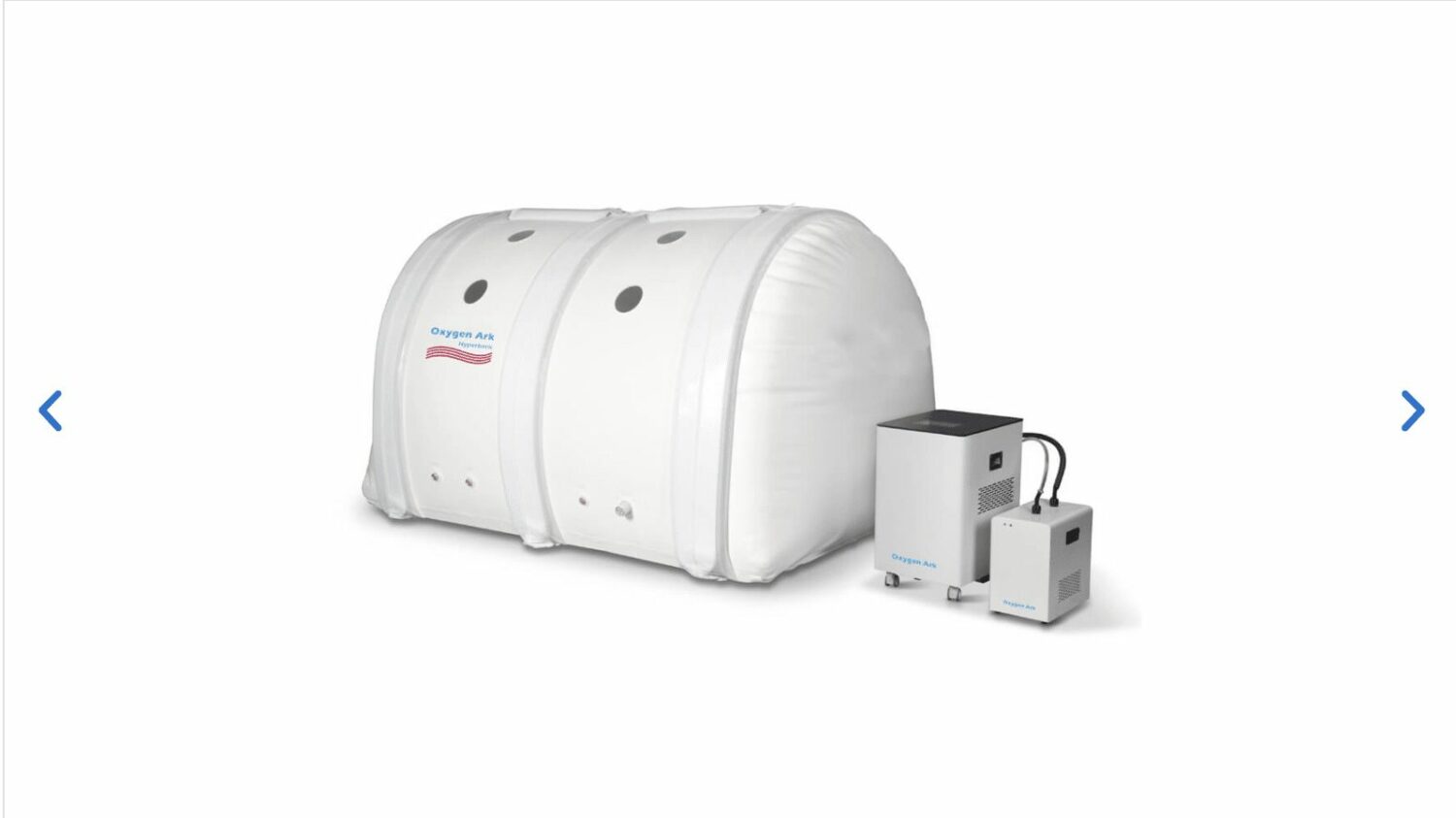A hyperbaric chamber is a medical contraption made of a sealed and pressurized chamber that’s purposefully designed to increase the atmospheric pressure around a person. It’s most;y used in oxygen therapy.
This machine can help if you are in desperate need of oxygen when you are unable to obtain enough of it through other medical devices or on your own.
While inside the chamber, where the air pressure may be up to three times greater than outdoors, you are able to breathe in pure oxygen only.
And because of this high pressure, your lungs are able to take in more oxygen, which then circulates through the bloodstream and increases the amount of oxygen delivered to your body’s tissues and organs.
In this article, I’ll be looking at the main people allowed to operate a hyperbaric chamber, the type of training they need to be certified, the safety regulations for hyperbaric chambers and the associated limitations.
So read on to find out more if you’ve been curious to know more about these medical machines.

There are about three main medical professionals who are qualified to operate a hyperbaric chamber. They include the following.
These are licensed medical practitioners who have trained specifically to operate hyperbaric chambers. You must complete your medical school and at the very least earn a medical degree in order to practice as a licensed hyperbaric medical practitioner.
These specialists’ primary responsibility is evaluating patients to see whether they are fit for hyperbaric oxygen therapy. Furthermore, they develop treatment plants and monitor their progress during the whole process.
While the physicians deal with the patients directly, hyperbaric chamber operators are the ones who operate the physical parts of the chamber itself to ensure the safety of the patients and the overall success of the procedure.
Hyperbaric chamber operators usually get trained in the operation, maintenance and safety protocols. Their roles include preparing the chamber for sessions, checking equipment for faults, verifying safety features and making sure everything is clean.
The nursing staff usually assist physicians in the administration of drugs as well as offering aftercare once the treatment is complete. They’re usually trained in the administration of oxygen therapy so they can stand in if the physicians are not available.

Having covered the section on who is supposed to operate the hyperbaric chamber, here are the basic qualifications that these operators need to have at the minimum.
Participants gain knowledge of how the human body adapts to higher atmospheric pressure and its physiological impacts. Understanding how hyperbaric therapies impact patients and how to handle potential consequences require this knowledge.
Operators get knowledge of the many kinds of chambers, their parts, and the necessary safety procedures to guarantee a regulated and secure environment for patients. They also get trained in the use and upkeep of these machines.
Since oxygen is very flammable, being prepared for the unexpected is very important. Operators receive instruction on how to handle emergencies that could occur during hyperbaric treatments. Recognizing the symptoms of oxygen poisoning, barotrauma, and other potential consequences is part of this. Operators also acquire the skills necessary to properly handle crises and assist patients.
There’s a strong emphasis on the value of patient assessment before, during, and following hyperbaric treatments. Operators are trained to assess a patient’s suitability for hyperbaric therapy, keep track of their vital signs, and handle any issues or difficulties that may develop.
Hyperbaric medicine relies heavily on accurate recordkeeping. Participants receive instruction on how to keep thorough records of treatment sessions, which should include pressure profiles, treatment durations, and any negative occurrences. In addition to ensuring continuity of treatment, proper documentation supports research and initiatives to enhance the quality of care.
The routine maintenance procedures necessary for the specific hyperbaric chamber are included in operator training. This covers routine safety inspections, equipment checks, and chamber cleaning. In order to ensure rapid resolution and reduce downtime, they also learn how to recognize and troubleshoot common difficulties that may develop during chamber operations.
Operators are required to be aware of any specific safety procedures for each model of hyperbaric chamber. Understanding and putting into practice the particular safety measures related to the chamber being utilized are the main objectives of this course.
Finally, quality control and proper documentation are essential in hyperbaric medicine. Operators receive instruction on how to precisely record chamber operations, maintenance tasks, and safety inspections. For the chamber to stay in top shape and for patients to obtain reliable, consistent care, they learn about quality assurance procedures.

Another crucial area hyperbaric chamber operators must strictly follow is safety regulations. Accidents are never far away and to ensure they’re minimized as much as possible, here are some of the key things that operators must observe.
The design and upkeep of hyperbaric facilities are essential for guaranteeing safety while the chamber is in use. Strict engineering standards should be met, and only qualified persons should regularly inspect chambers.
Furthermore, the building should have adequate fire suppression systems, ventilation controls, and emergency backup power systems. Routine maintenance and calibration of equipment, including compressors, valves, and gauges, are also crucial.
This is usually done by physicians and nurses. Before starting hyperbaric therapy, patients must undergo a thorough screening process to rule out any risks or contraindications.
Qualified personnel must review the patient’s medical history, conduct physical examinations, and assess the patient’s tolerance for the suggested treatment.
For people with certain medical issues, such as an untreated pneumothorax, a fever, or claustrophobia, hyperbaric therapy may not be advised. These conditions may make things worse.
Operators of hyperbaric chambers need to be ready to manage any situations that can occur while patients are receiving treatment.
Like we mentioned earlier, operators should undergo regular training and drills to become familiar with emergency measures. These include quick decompression, fire suppression, and patient evacuation procedures.
To ensure quick action in urgent situations, enough emergency supplies like oxygen masks, resuscitation equipment, and communication systems should be present inside the chamber at all times.
Complying to Industry-specific standards and best practices established for hyperbaric chambers by regulatory organizations and standard enforcers is important.
By promoting consistency and standardization, these standards make sure that all hyperbaric facilities follow the same safety procedures.
Furthermore, the use of standardized protocols facilitates better collaboration and communication among diverse hyperbaric facilities. Operators of hyperbaric chambers must periodically update their abilities in order to stay current with legislative changes, and this is one of the reasons for that.

Hyperbaric machines are not infallible. They come with their limitations and here are some of the notable ones.
For some insightful reads, we’ve curated a list of recommended articles just for you:
Still haven’t found what you’re looking for? Don’t hesitate to contact us. We’re available around the clock to assist you.
As you can clearly tell, hyperbaric chambers are not meant to be played around with. They require only the best to operate them if they are to do what they were created for. So next time you find yourself needing hyperbaric oxygen therapy, just know that only the best are allowed near it. You will be in safe hands.
Get in touch with us and unlock your full well-being potential!
The OxygenArk team is here to assist you every step of the way.